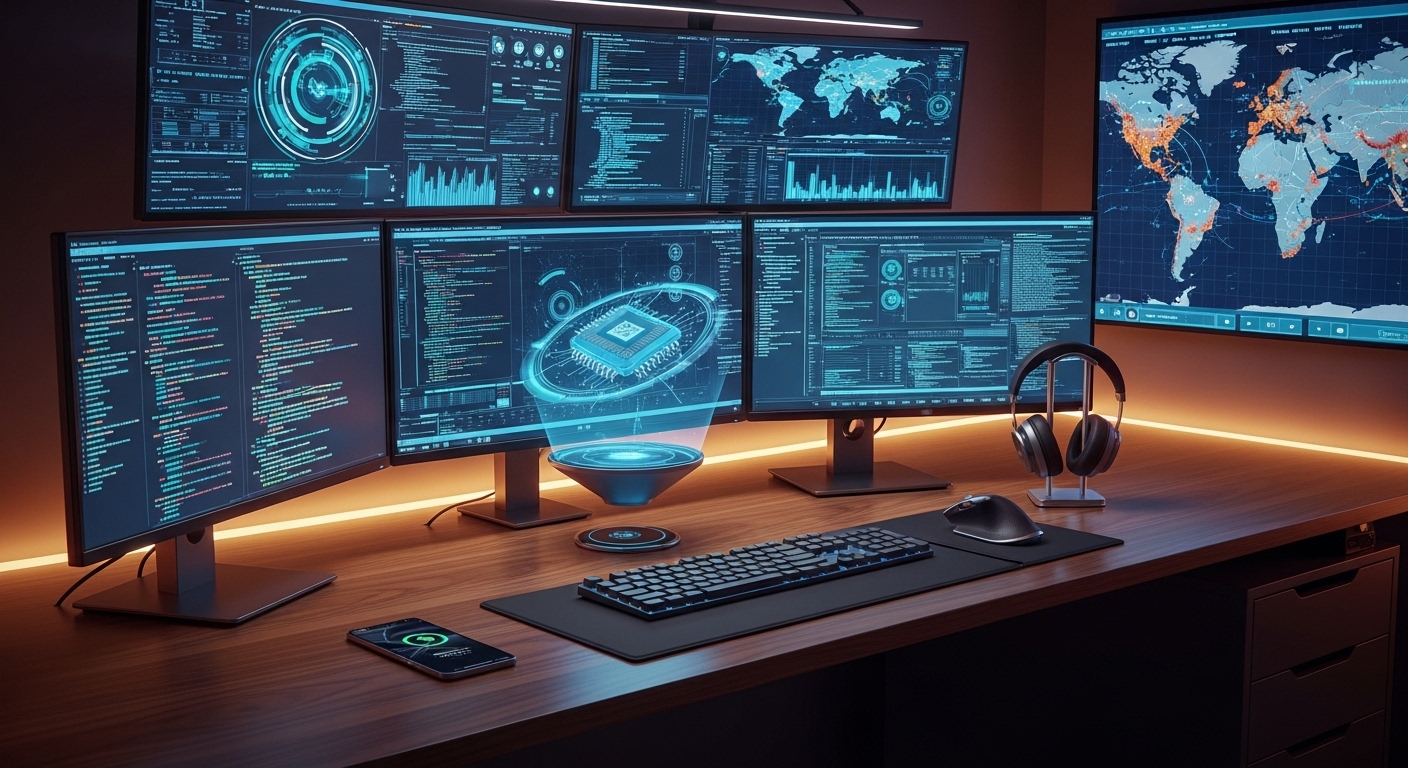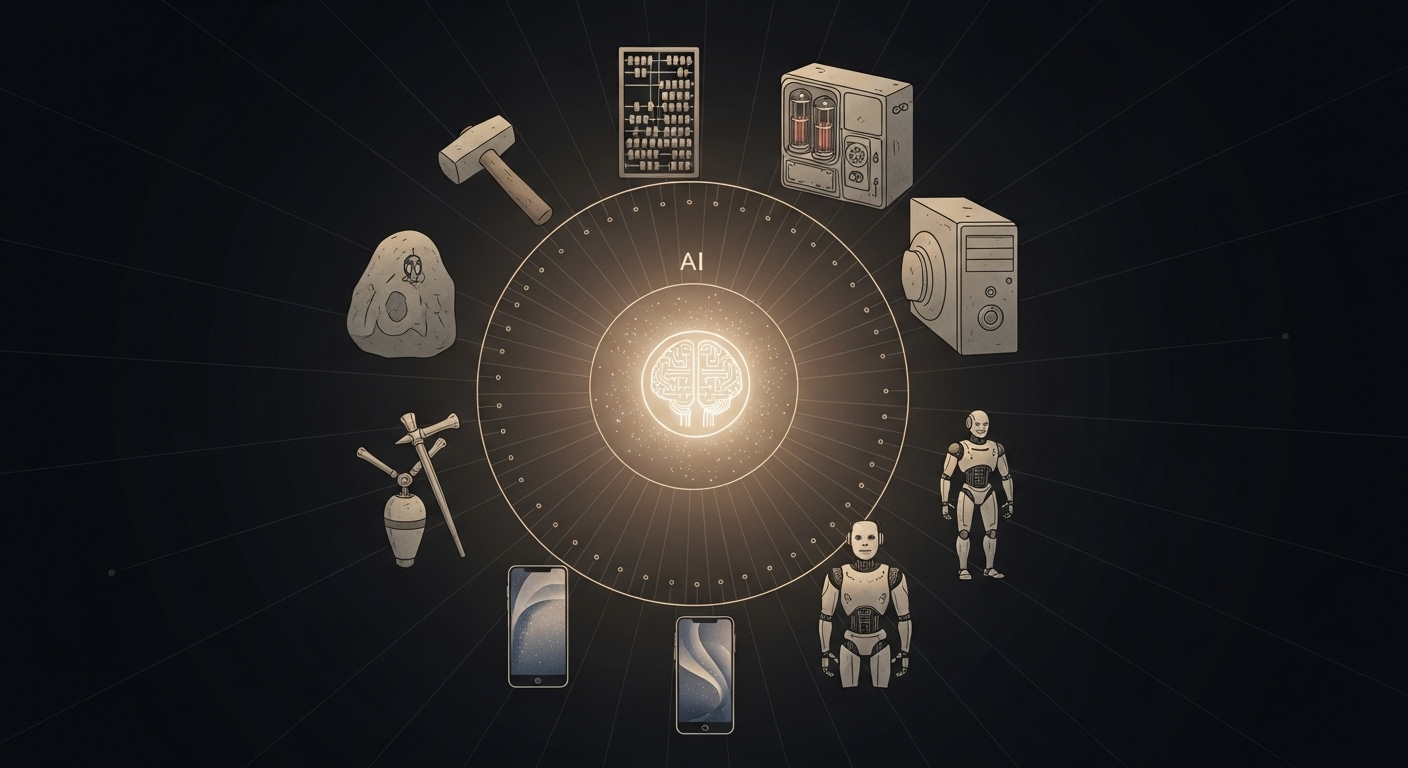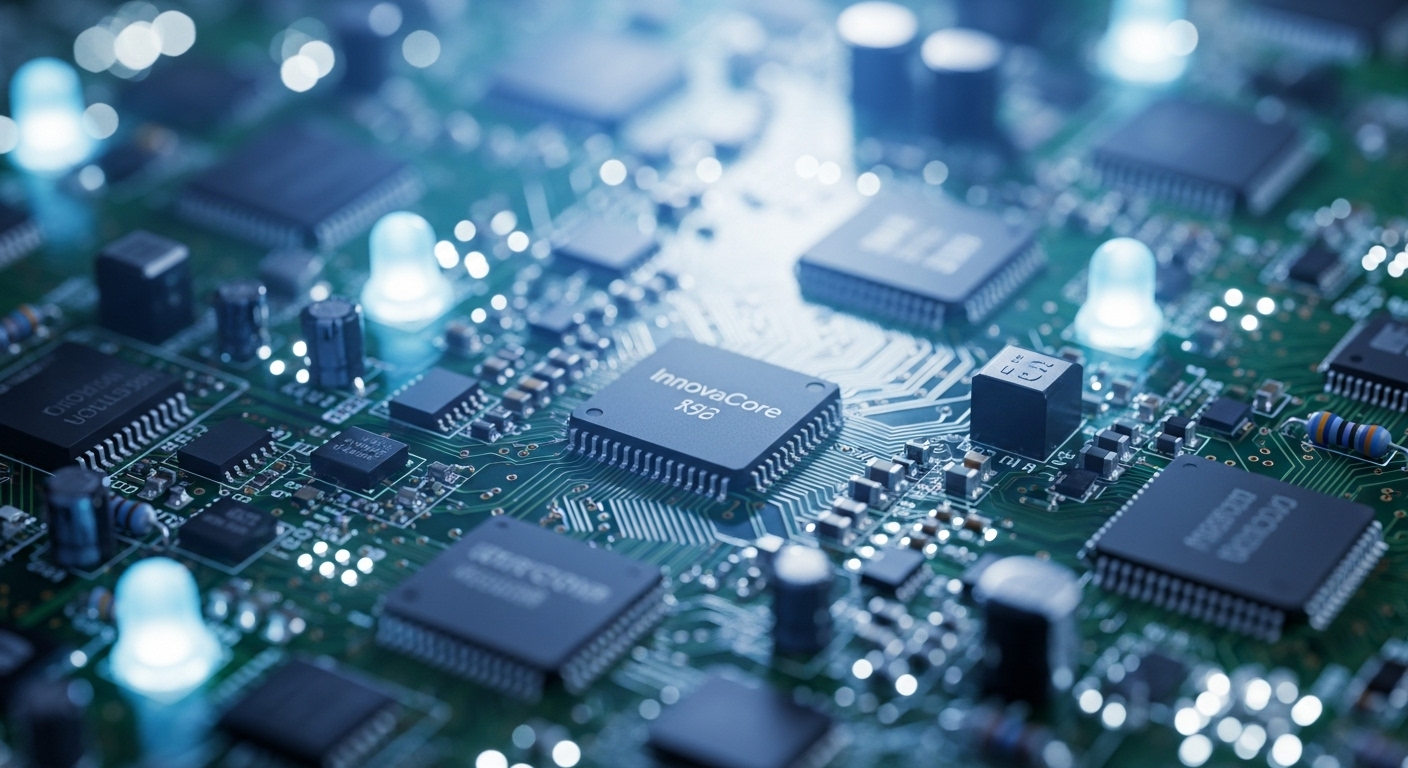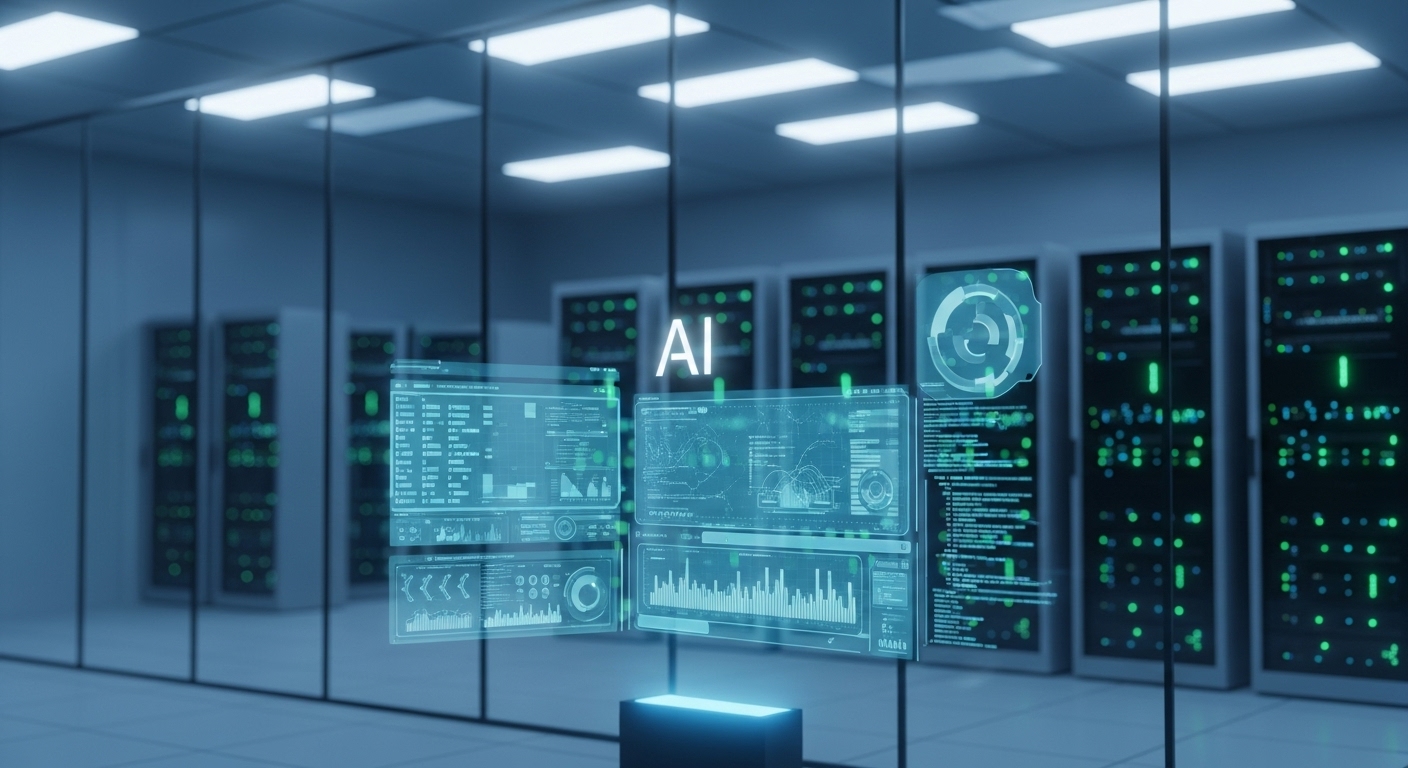Technology has always been a driving force in human history. From the invention of the wheel to the rise of artificial intelligence, our ability to innovate has defined our progress as a species. In today’s world, technology is evolving at a pace that is almost unimaginable, influencing every aspect of our lives, from communication to transportation, education, healthcare, and entertainment. This blog explores the latest trends, breakthroughs, and implications of technology in the modern era.
The Rise of Artificial Intelligence and Machine Learning
Artificial Intelligence (AI) and Machine Learning (ML) have emerged as the cornerstone of modern technology. AI refers to machines’ ability to mimic human intelligence, while ML allows systems to learn from data and improve over time without explicit programming. AI applications are everywhere—from virtual assistants like Siri and Alexa to recommendation systems on streaming platforms and e-commerce websites.
One significant advancement in AI is natural language processing (NLP), which enables computers to understand and interpret human language. This technology powers chatbots, translation services, and advanced analytics tools, making communication between humans and machines smoother and more intuitive. AI-driven systems also play a crucial role in predictive analytics, helping businesses anticipate consumer behavior, optimize operations, and make data-driven decisions.
Machine learning models, particularly deep learning, have enabled breakthroughs in areas such as image and speech recognition, autonomous vehicles, and medical diagnosis. Self-driving cars, for instance, rely on AI algorithms to process vast amounts of data from sensors and cameras in real time, enabling them to navigate complex environments safely.
The Internet of Things: A Connected World
The Internet of Things (IoT) refers to a network of interconnected devices that communicate and share data over the internet. From smart home devices like thermostats and security cameras to industrial sensors in manufacturing plants, IoT is transforming how we interact with our environment.
IoT devices generate enormous amounts of data, which can be analyzed to improve efficiency, reduce costs, and enhance user experiences. For example, smart cities leverage IoT technology to monitor traffic patterns, reduce energy consumption, and improve public safety. Wearable devices, such as fitness trackers and smartwatches, help individuals monitor their health metrics in real time, promoting proactive healthcare management.
However, IoT also raises concerns about data privacy and security. With billions of devices connected to the internet, ensuring that sensitive information is protected from cyberattacks is critical. Manufacturers and developers must prioritize security protocols, encryption, and regular software updates to safeguard users’ data.
Blockchain: Beyond Cryptocurrency
Blockchain technology first gained widespread attention as the foundation for cryptocurrencies like Bitcoin and Ethereum. At its core, a blockchain is a decentralized ledger that records transactions securely and transparently. Each transaction is verified by a network of computers, making it nearly impossible to alter or hack the system.
Beyond finance, blockchain has far-reaching applications. In supply chain management, blockchain can track products from production to delivery, ensuring authenticity and reducing fraud. In healthcare, blockchain can securely store patient records, enabling seamless data sharing between hospitals while maintaining privacy. Smart contracts—self-executing agreements stored on the blockchain—are revolutionizing industries by automating processes and reducing the need for intermediaries.
Despite its potential, blockchain faces challenges such as scalability, energy consumption, and regulatory uncertainty. Nonetheless, ongoing research and innovation continue to expand its applications across diverse sectors.
Cloud Computing: The Backbone of Modern Business
Cloud computing has transformed the way organizations store, manage, and access data. Instead of relying on on-premises servers, businesses can now utilize cloud services to store information, run applications, and deploy software with unparalleled flexibility. Companies like Amazon Web Services, Microsoft Azure, and Google Cloud have become essential partners for enterprises seeking scalability and cost efficiency.
One of the key advantages of cloud computing is its ability to support remote work and collaboration. With cloud-based productivity tools, teams can access documents, share files, and collaborate in real time from anywhere in the world. This has become particularly relevant in the post-pandemic era, where hybrid work models are becoming the norm.
Cloud computing also enables advanced data analytics, artificial intelligence integration, and the deployment of large-scale applications. Organizations can leverage these capabilities to gain insights, optimize processes, and create innovative products and services. As technology evolves, cloud computing will continue to be a foundational element in digital transformation strategies.
Cybersecurity: Protecting Digital Frontiers
As technology becomes more integrated into our lives, cybersecurity has become a critical concern. Cyberattacks are growing in frequency and sophistication, targeting individuals, businesses, and governments alike. Data breaches, ransomware attacks, and identity theft pose significant threats to security and privacy.
Cybersecurity involves a combination of practices, tools, and policies designed to protect networks, systems, and data from unauthorized access. Key measures include encryption, multi-factor authentication, regular software updates, and threat monitoring. Organizations are also increasingly adopting AI-driven cybersecurity solutions that can detect and respond to threats in real time.
Education and awareness are equally important. Users must be informed about phishing scams, password hygiene, and safe online behavior to mitigate risks. As technology advances, cybersecurity will remain a constantly evolving field, requiring ongoing innovation and vigilance.
The Evolution of Mobile Technology
Mobile technology has reshaped the way we communicate, access information, and interact with the world. Smartphones, once considered luxury items, have become essential tools for work, education, entertainment, and social connection. The evolution of mobile networks, from 3G to 4G and now 5G, has enabled faster data transfer, low latency, and improved connectivity.
5G technology is a game-changer, supporting high-speed internet, massive IoT networks, and applications such as augmented reality, virtual reality, and autonomous vehicles. With 5G, mobile experiences are becoming more immersive and responsive, paving the way for innovations in gaming, telemedicine, and smart cities.
Mobile applications are also evolving, leveraging AI, AR, and cloud integration to deliver personalized experiences. From mobile banking to health monitoring and entertainment, smartphones have become central hubs for modern life.
Virtual Reality and Augmented Reality: Redefining Experiences
Virtual Reality (VR) and Augmented Reality (AR) are transforming the way we perceive and interact with digital content. VR immerses users in fully digital environments, while AR overlays digital elements onto the real world. Both technologies have applications in gaming, education, healthcare, and industrial training.
In education, VR simulations allow students to explore historical sites, conduct scientific experiments, and practice complex procedures in a safe, controlled environment. In healthcare, AR-assisted surgeries enhance precision and reduce risks, while VR therapy is being used to treat phobias, PTSD, and chronic pain.
The entertainment industry has also embraced VR and AR, creating immersive experiences for gaming, concerts, and interactive storytelling. As hardware becomes more affordable and content more sophisticated, these technologies are expected to play an increasingly prominent role in daily life.
Robotics and Automation: Transforming Industries
Robotics and automation are reshaping industries by increasing efficiency, reducing labor costs, and enhancing precision. In manufacturing, robotic arms and automated assembly lines streamline production processes and minimize errors. Autonomous robots are also being used in logistics, agriculture, and healthcare, performing tasks ranging from warehouse sorting to surgical assistance.
The rise of collaborative robots, or cobots, is particularly notable. Cobots are designed to work alongside humans, enhancing productivity while ensuring safety. Automation technologies, combined with AI, enable smart factories that can self-monitor, self-optimize, and adapt to changing demands.
While robotics offers immense benefits, it also raises concerns about job displacement and the need for reskilling. Preparing the workforce for a future where humans and machines collaborate will be essential for sustainable technological progress.
Green Technology and Sustainability
As global concerns about climate change intensify, green technology has become a critical focus. Innovations in renewable energy, energy storage, and sustainable materials are transforming industries and promoting environmental stewardship.
Solar and wind energy technologies are becoming more efficient and cost-effective, reducing reliance on fossil fuels. Advances in battery technology, such as lithium-ion and solid-state batteries, are enabling more reliable energy storage solutions for homes, businesses, and electric vehicles.
Smart grids, energy-efficient buildings, and sustainable manufacturing processes are also contributing to a greener future. Technology is not only enabling environmental sustainability but also creating economic opportunities and fostering innovation.
The Future of Quantum Computing
Quantum computing represents a paradigm shift in computational power. Unlike classical computers, which process information in bits (0 or 1), quantum computers use qubits that can exist in multiple states simultaneously. This property allows quantum computers to solve complex problems at speeds far beyond the capabilities of traditional machines.
Quantum computing has the potential to revolutionize fields such as cryptography, drug discovery, materials science, and optimization problems. Although still in the experimental stage, research and development in quantum computing are accelerating, with major technology companies and research institutions investing heavily in the field.
Challenges such as error correction, qubit stability, and scalability remain, but the promise of quantum computing is immense. Once fully realized, it could unlock solutions to problems that are currently unsolvable, reshaping industries and scientific research.
Technology in Healthcare: A New Era of Medicine
Healthcare is undergoing a technological revolution. Digital health solutions, telemedicine, wearable devices, and AI-powered diagnostics are transforming patient care. Telemedicine has made healthcare more accessible, enabling consultations and follow-ups without the need for in-person visits.
AI and data analytics are improving diagnostic accuracy, predicting disease outbreaks, and personalizing treatment plans. Wearable devices monitor vital signs, sleep patterns, and physical activity, empowering individuals to take proactive control of their health.
Robotic surgery, 3D-printed prosthetics, and gene editing technologies like CRISPR are advancing precision medicine, offering new treatment possibilities. Technology is not just improving healthcare—it is redefining what is possible in medicine and patient care.
Conclusion: Embracing the Future
The pace of technological advancement shows no signs of slowing down. From AI and IoT to quantum computing, green technology, and healthcare innovations, the potential to transform lives is immense. While challenges such as cybersecurity, ethical considerations, and societal impacts must be addressed, the opportunities for growth, innovation, and progress are unparalleled.
As individuals, businesses, and societies, embracing technology responsibly and strategically will be key to shaping a future that benefits all. The journey of technological evolution is ongoing, and the next breakthroughs are limited only by our imagination.



